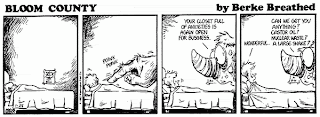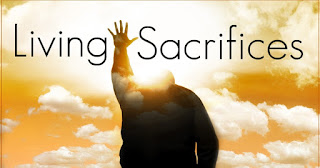Galilee
I wish you could all be sitting where I am right now. I'm on a tenth floor balcony in downtown Tiberias, overlooking a bright and sunny afternoon near the Sea of Galilee. It has been hot today, but beautiful, and there is a nice breeze as well. We've been all over Galilee, so many places where so much happened. Normally, I think most people associate this area just with Jesus, but there was, of course, much history of spiritual significance that happened here before Jesus as well.
We began the morning with a boat ride and devotions on the Sea of Galilee. I shared about Jesus calling the disciples along the shore...somewhere along the shore...and how this place still calls us to follow him. After that moment, our boat captains taught us some Israeli dance moves—proving once again that Rachel is the dancer in the family, not me! (Annette had some pretty good moves, though, after getting that espresso in her!)
We landed at Nof Ginosar, the home of the "Jesus Boat," an ancient first century fishing boat that has been preserved. Of course, there is no evidence that Jesus rode in this boat, but it certainly is like one he and the disciples would have taken to cross this sometimes-tempestuous sea. After riding on a much larger boat ourselves, it was hard to imagine thirteen men crowded into this tiny fishing boat facing a storm of demonic proportions, or how anyone could make a living with just the amount of fish that would fill this boat.
The Mount of the Beatitudes is lovely, as always. Atop the mount is a small eight-sided chapel built by an Italian architect in the early twentieth century. It is surrounded by gardens suitable for prayer and meditation, which is what we did once we finished reading those precious words from Matthew 5. Then we made a brief, unscheduled stop at Tabgha, the Church of the Primacy of St. Peter, to remember the feeding of the 5,000 and the feeding of the disciples after Jesus' resurrection, and how Jesus restored Peter to his place among the disciples. Many of us put our feet or hands into the Sea of Galilee, and I reminded our group that the cheapest souvenirs from this land are rocks from the shore of the Sea.
Capernaum continues to impress me, even after having been there several times. This is the place where Jesus lived during his ministry, in the home of Peter's mother-in-law. Peter himself was from Bethsaida, but must have stayed in this family compound after his marriage. Archaeologists have uncovered Peter's home (a church is built above it today), the home of Jairus (the leader of the synagogue in Jesus' time) and the synagogue itself. What stands today in the synagogue's place is from the fourth century, but it is built upon the first-century foundation.
Lunch consisted of chicken strudel, St. Peter's fish fillet, or (for the most adventurous), St. Peter's fish grilled whole, including the head. (St. Peter's Fish is a form of tilapia.) Add to that many salads, hummus, pita bread and fresh dates—well, lets just says that none of us left hungry.
In the afternoon, we headed south along the Jordan River and through the river valley to the beautiful town of Beit Shean—a Roman city has been uncovered there, but this city is significant for many reasons. It was the "house of rest," a place that sits at the meeting of several travel and trade routes. It is also the place where King Saul's body was pinned to the wall after he died in battle. Today, so very little of the city has been uncovered (relatively speaking), but it remains one of the most significant archaeological sites in the country.
We made one more stop at the Spring of Harod, or Gideon's Spring, a natural spring that still bubbles up after millennia. This is the place where, in Judges 7, God instructed Gideon to winnow down the fighting force to only those who were fearless fighters. And those men won the battle for Gideon. It sits in the shadow of Mount Gilboa, and the water there is clear and cool (almost cold!). We saw several people playing in the run off from the spring; our guide, Mike, says it is a popular swimming destination.
On the way back to the hotel, we crossed the Jordan River and we also passed by the Jabbok brook, where Jacob wrestled with God until daybreak. It's right on the Jordanian/Israeli border; we could easily see Jordan from the bus. Mike reminded us often how close things are here; Israel itself is smaller than Indiana (about the size of New Jersey) and with modern transportation, you can get anywhere relatively quickly.
It always strikes me as I walk these places how appropriate it is that this was God's chosen land for his people. It's not because it's the most beautiful place in the world, though it is beautiful. It's not because it's the most fertile place in the world, though they can grow many things here (and do it with very little rain). It's because it was in the midst of everything. Trade routes passed through here. Government officials came through here. There were and are nations all around who needed to hear the good news about the God of the universe. This is the center, the place where everything else comes together. And here, God promised to build a people from a single family. Here, God built a significant dynasty from one shepherd boy. And here, God himself came to be born in a manger. This place, this holy land, is holy not because it's different but because it's so radically ordinary. It's just the sort of place God would set up shop and start telling others his story.



The thing I remember thinking was how small the Sea of Galilee is. It was hard to imagine a storm so ferocious it scared the disciples. I know it happened but i had to change my perception I had in my mind about the storm.
ReplyDelete